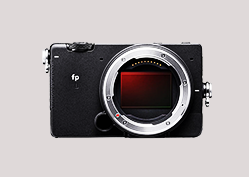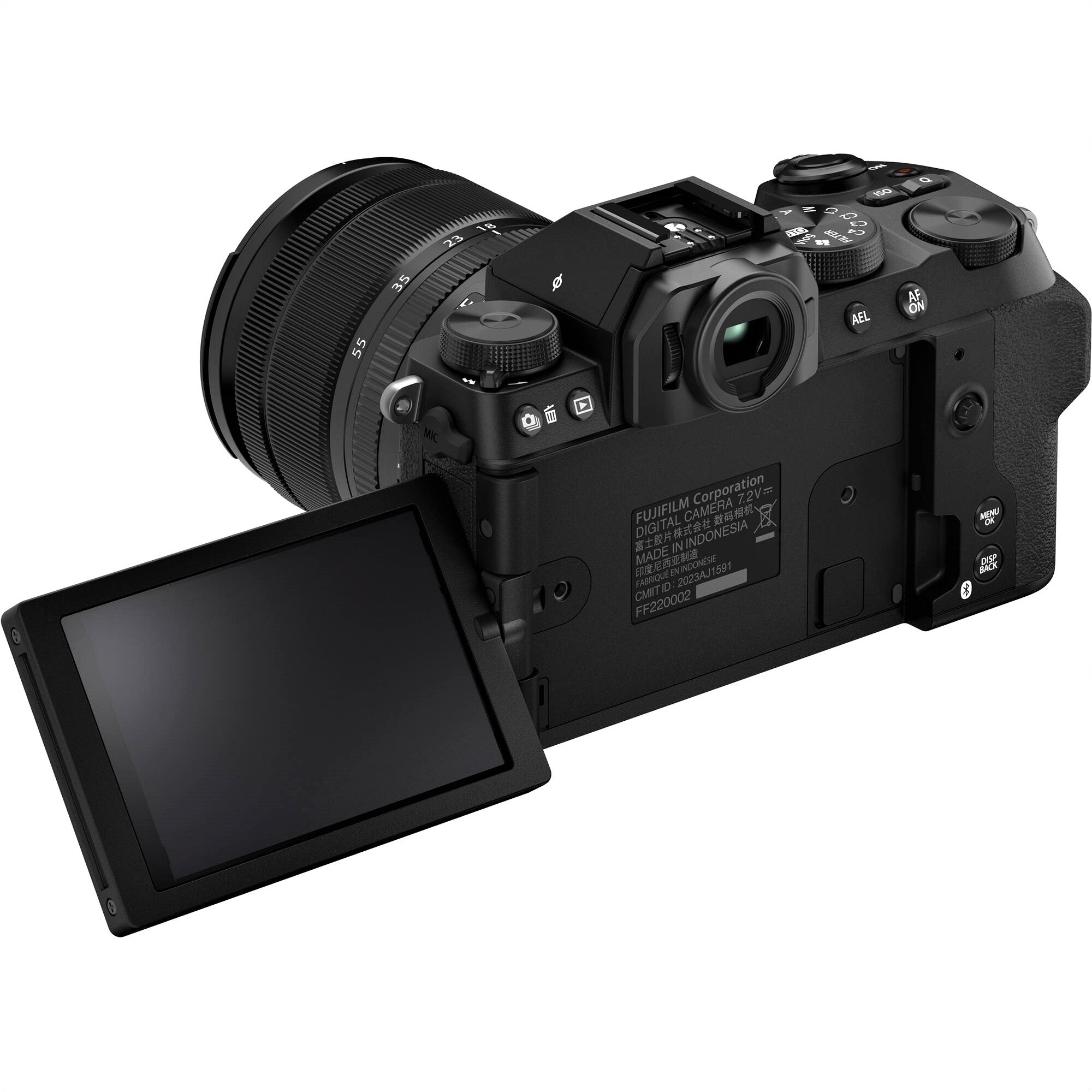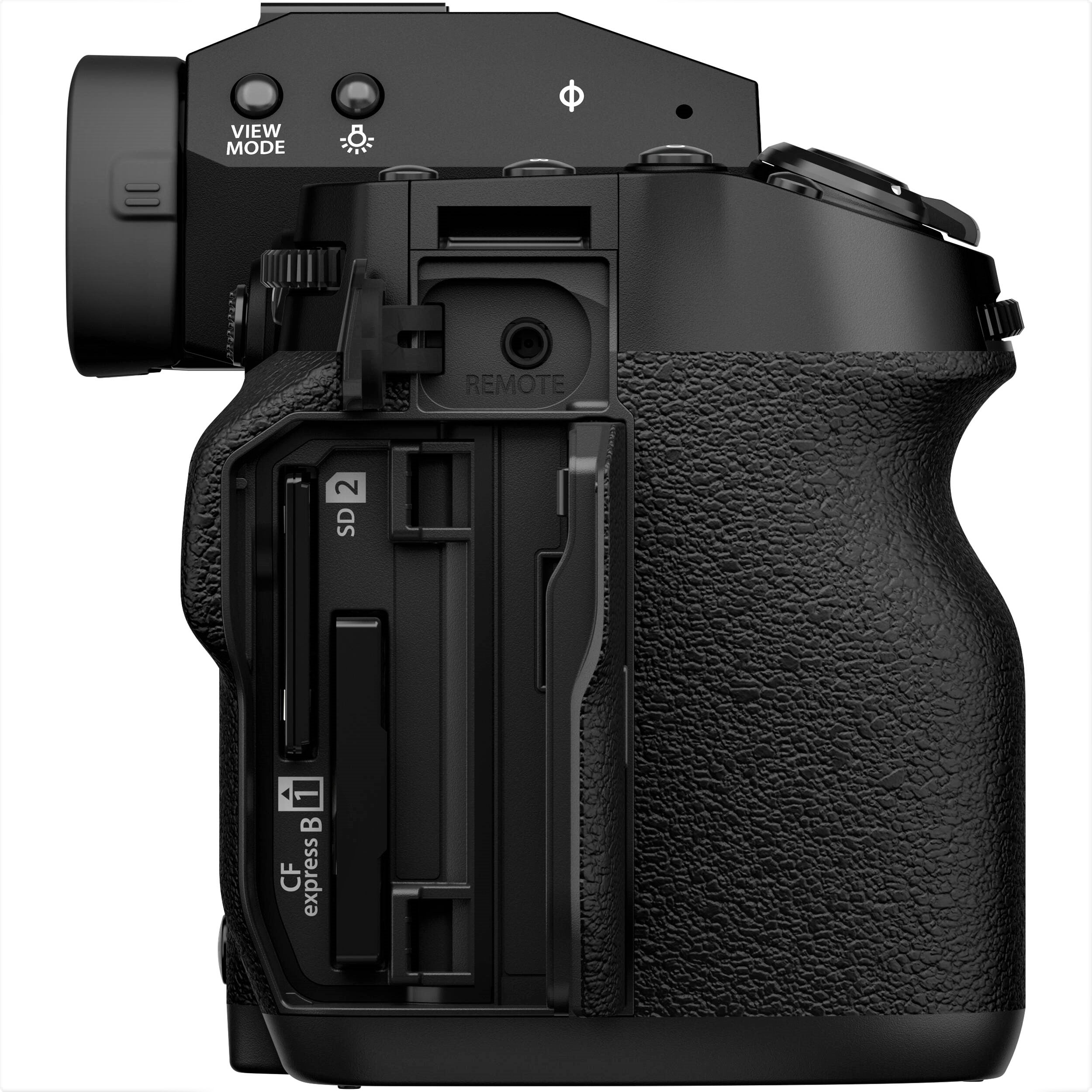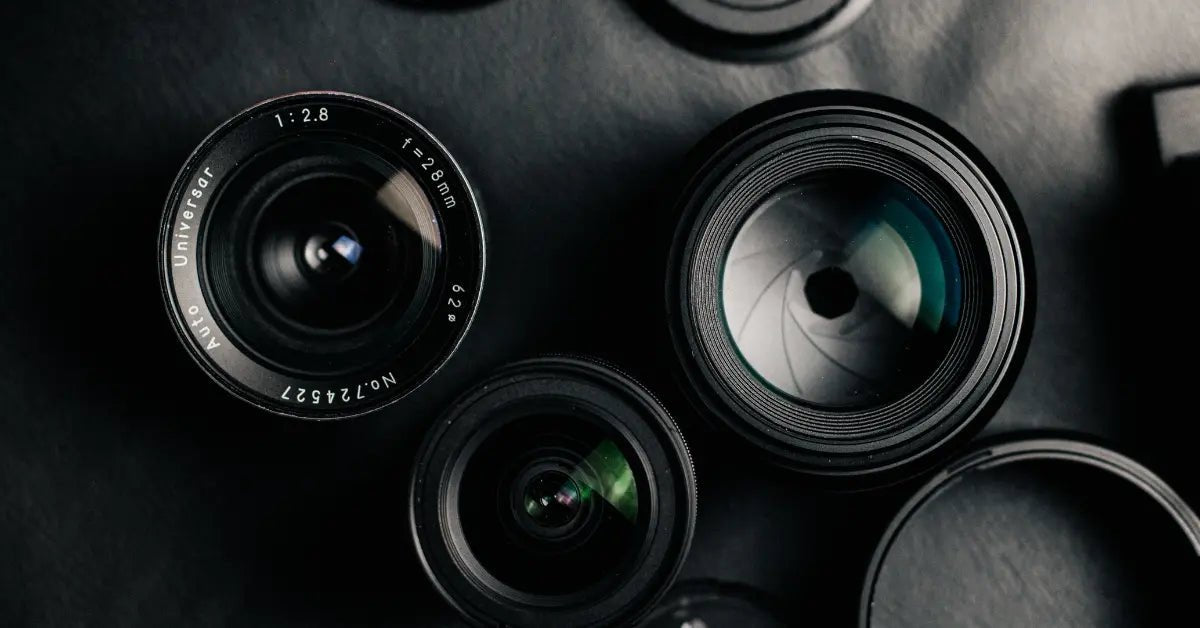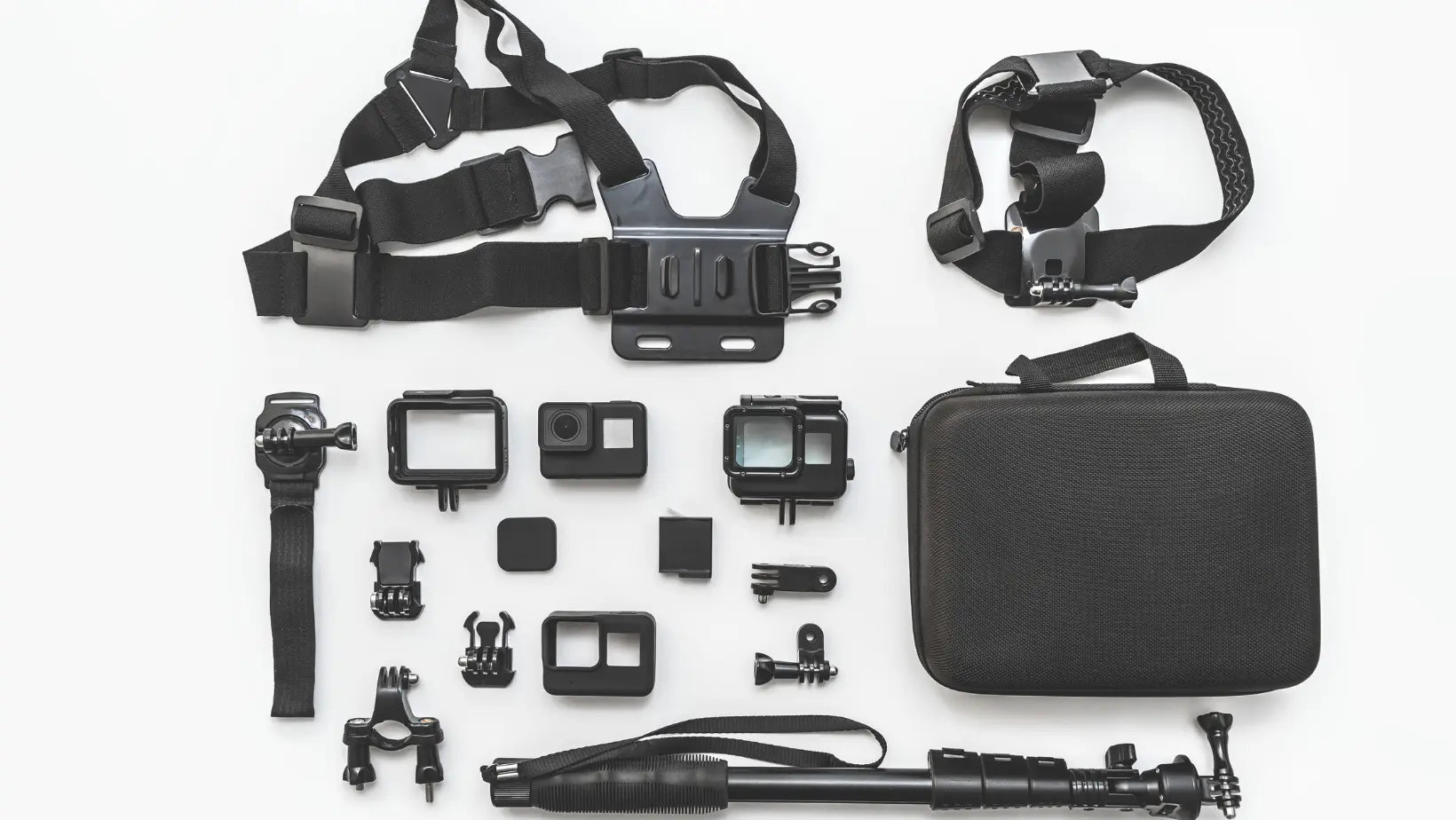You’ve likely come across the buzz about mirrorless cameras. They’re everywhere these days. But why? What makes them so special? Why are both your Instagram-loving cousin and pro photographers raving about them? Let’s simplify it.
Mirrorless cameras are the new trend. They are changing photography. They challenge the big, heavy DSLRs. But why is this happening?
What makes them so special? We're going to find out in this blog. We'll dig into the details of mirrorless cameras. We'll see what makes them work and compare them to DSLRs. So, grab a snack, get comfy, and let's discover the secrets of mirrorless cameras together!
What is a Mirrorless Camera?
Let's break down what a mirrorless camera is all about. You know how traditional DSLRs have that 'click' sound?
That's the mirror flipping up and down inside. Now, mirrorless cameras ditch that whole mirror setup. This means they're not just smaller and lighter (a blessing for your neck and shoulders on long photography days), but there's another cool twist.

Instead of using a mirror to look through a lens, you use an electronic viewfinder, or EVF. Imagine this: you see a digital version of your shot, like watching a tiny TV screen. This feature is a game-changer. You can see your photo's exposure – how light or dark it will be – in real time.
There's no more guessing or taking a photo only to find it's too dark or too bright.
And that's just the start. These electronic viewfinders open up a whole world of creative tricks. Imagine applying filters before you take the shot. Or checking out different focus points with a tap. It's like having a mini photography lab right in your viewfinder.
Mirrorless cameras might seem like just a smaller version of DSLRs. But they're actually a whole new playground for photographers. Those who love to experiment and see results on the fly.
Mirrorless Camera vs DSLR: The Key Differences
Mirrorless cameras vs. DSLRs. Imagine you're getting ready for a hike and want to take great photos but don't want a heavy bag. This is where mirrorless cameras are perfect.
They're like the lightweight, compact sports cars of the camera world – easy to carry, yet powerful. You won't feel weighed down as you trek up those hills.

Now, let's discuss speed – specifically, autofocus speed. Have you ever tried to photograph something that just won't sit still? Think of kids, pets, anything. Recent mirrorless models have become so fast at focusing, they often outperform DSLRs. It's like having a superpower to capture those fleeting moments with sharp detail.
And for all you video enthusiasts out there, mirrorless cameras are pretty much a dream come true. Whether you're vlogging your latest adventure or shooting a short film, the video quality you get from these cameras is top-notch. They often offer better video features compared to DSLRs, making them a go-to choice for anyone serious about their video content.
Mirrorless cameras offer a sleek, easy-to-use option perfect for video enthusiasts and photographers alike. Compact and swift in focusing, these cameras have quickly become the favorite choice for many.
Not only do they excel in functionality, but they also boast a modern appeal, setting the trend in today's camera market.
Here's a detailed comparison table that outlines the key specifications of mirrorless cameras versus DSLRs. This table will help you understand the differences at a glance:
Specification |
Mirrorless Cameras |
DSLR Cameras |
|
Size & Weight |
Generally smaller and lighter |
Larger and heavier due to mirror mechanism |
|
Autofocus Speed |
Fast, especially in newer models |
Traditionally slower, but improving |
|
Viewfinder |
Electronic viewfinder (EVF) |
Optical viewfinder |
|
Image Stabilization |
Often built into the camera body |
Typically in the lens, varies by model |
|
Battery Life |
Shorter due to electronic viewfinder usage |
Longer, as optical viewfinders use less power |
|
Lens Selection |
Growing, but less than DSLRs |
Extensive, especially for older models |
|
Video Quality |
Superior, with more advanced video features |
Good, but often with fewer video features |
|
Burst Shooting |
Faster due to lack of mirror mechanism |
Slower, mirror movement limits speed |
|
Shutter Noise |
Quieter, ideal for discreet photography |
Louder, due to mirror slap |
|
Price Range |
Varies, often higher for newer models |
Wide range, often more affordable options |
Note: This table provides a general overview. However, it's important to note that there are exceptions within each category, and technology is constantly evolving. Both mirrorless cameras and DSLRs have their unique advantages, and the best choice depends on your specific photography needs and preferences.
Why Are Mirrorless Cameras Better?

Saying mirrorless cameras are always better than DSLRs is kind of like saying pizza is better than burgers. It's not that simple, right? But, there are a few areas where mirrorless cameras really rock.
First off, they've got this cool electronic viewfinder. It's like getting a sneak peek at your final shot before you even take it, helping you nail the exposure and colors.
Then there's the whole no-mirror thing. This means mirrorless cameras can shoot faster and quieter. Imagine snapping pics of a skittish squirrel or getting shots at a quiet wedding ceremony without that loud 'click-click' scaring everyone. Pretty neat, huh?
And let's talk about lenses and tech. Mirrorless cameras are like the smartphones of cameras – they're always getting new, cool updates. You can play around with a bunch of different lenses, and the tech inside these cameras is always getting better, giving you more creative freedom. It's like having a camera that grows with your skills.
Practical Advantages of Using a Mirrorless Camera
Perks of mirrorless cameras, beyond just the techy stuff. First off, these cameras are pretty compact, which is a huge plus. Imagine you're wandering through the narrow streets of a bustling city or hiking up a scenic trail.
You don't want to lug around a bulky camera, right? That's where mirrorless cameras come in super handy.

They're like the travel buddy you didn't know you needed – small enough to fit in your bag, yet powerful enough to capture stunning shots.
Now, let's chat about the silent shutter feature. This is a game-changer, especially if you're into wildlife photography or shooting events like weddings. You can snap away without scaring off that timid deer or interrupting a heartfelt wedding vow.
It's like being a photography ninja – you blend into the background and get those candid, authentic shots without drawing attention to yourself.
Here’s a neat trick for everyone, whether you're just starting out or you’ve got some experience: the electronic viewfinder. This handy tool provides immediate feedback on every photo you take.
It’s as if you have a tiny photography coach built into your camera. You get to observe changes in settings as they happen—perfect for honing your skills.
It's all about trial and error, and with a mirrorless camera, you get to see your experiments play out instantly. No more waiting until you get home to realize that your settings were off. It's a real-time, on-the-go learning experience that can seriously up your photography game.
Here Are Some Of The Best Mirrorless Cameras We Can Recommend:
- Fujifilm X-T30 II: This gem in the X Series lineup is a testament to Fujifilm's ability to pack power into a compact size. The X-T30 II is not just about its sleek design; it's a powerhouse with a high-resolution sensor and enhanced autofocus. It's the go-to choice for enthusiasts who love street photography, travel, and capturing life's everyday moments. Its user-friendly interface makes it a joy for both seasoned photographers and those new to the mirrorless world.
-
Fujifilm X100V: A cult favorite among photographers, the X100V is a masterpiece of form and function. Its fixed lens challenges and inspires creativity, while the advanced imaging capabilities ensure every shot is a work of art. The hybrid viewfinder, a unique feature, offers the best of both optical and electronic worlds. Ideal for street and documentary photography, the X100V is for those who cherish the art of photography and the joy of capturing the spontaneous.
-
Fujifilm X-T5: Anticipated to continue the legacy of the X-T series, the X-T5 is expected to be a blend of traditional design and modern technology. While details are still emerging, we can expect enhancements in sensor technology, autofocus, and video capabilities. This camera is likely to appeal to a broad spectrum of photographers, from landscape and portrait enthusiasts to those capturing fast-paced sports and wildlife.
Conclusion
Mirrorless cameras represent a significant shift in photographic technology, offering a blend of innovation, portability, and performance. While they may not entirely replace DSLRs, they provide photographers with unique advantages and creative possibilities.
Whether you're a professional photographer or a hobbyist, understanding the capabilities of mirrorless cameras can open up new horizons in your photographic journey. As the technology continues to evolve, it's an exciting time to explore what mirrorless cameras have to offer. Embrace the change, and you might find your photography transformed.
Are you ready to explore mirrorless cameras? Share your thoughts or experiences with these innovative devices in the comments below, or reach out to us for more information and recommendations on the best mirrorless cameras to suit your photography style.
Visit Nuzira to check out our mirrorless cameras and you can also join our Discord server!

